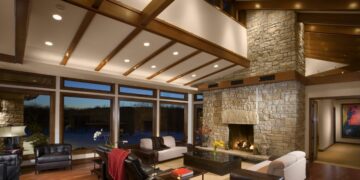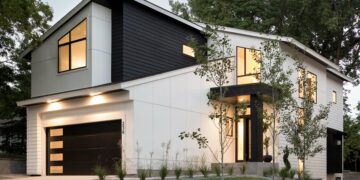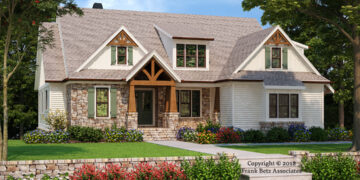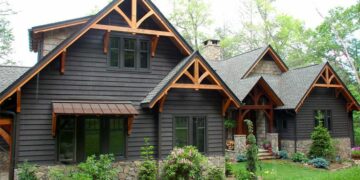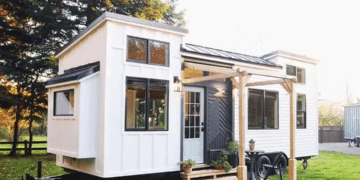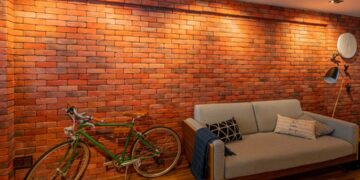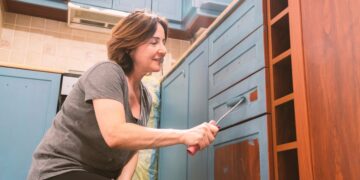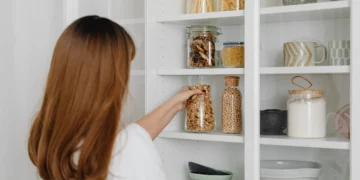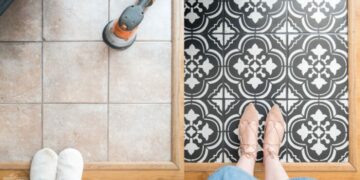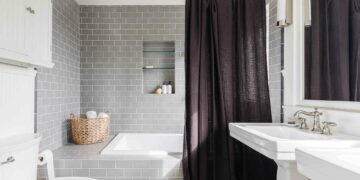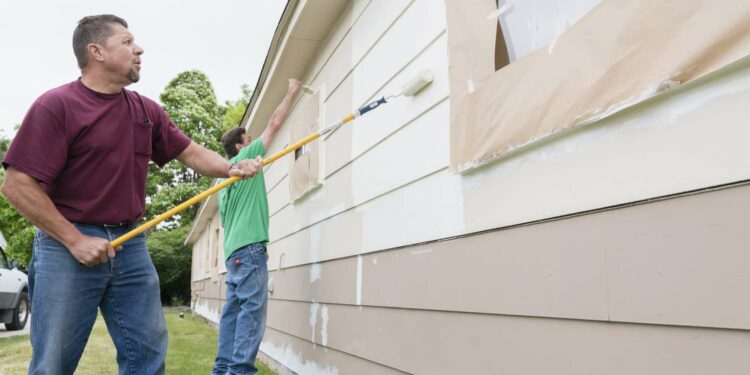Curious to know how much it costs to paint the exterior of a house? Don’t worry; we have got you covered. We will answer this question and some factors that influence the cost.
Whether you are going to repaint or have just completed the construction of your new house, painting the exterior is a crucial aspect of achieving curb appeal. All you need to do is select the color (multiple if needed), consult a painter or contractor, the required materials, and some patience. Stories of your home and condition also matter. Keep reading to find out how to cut the cost.
The painting cost can vary based on the house’s condition, sidings, how many stories it has, project type, and size.
Benefits of Painting Your House Exterior
- The exterior paint lasts up to 5 to 10 years, depending on the climate and conditions of your house.
- Paint protects the house from natural elements and extends its value.
- It also improves the life of siding and trims.
- Nicely finished paint gives a curb appeal to the house.
What Factors Influence the Cost to Paint a House Exterior?
Numerous things can affect the cost of a painting job—for example, the materials, selection of contractors, number of colors, and more. Let’s go into a deep analysis of the cost-affecting elements.
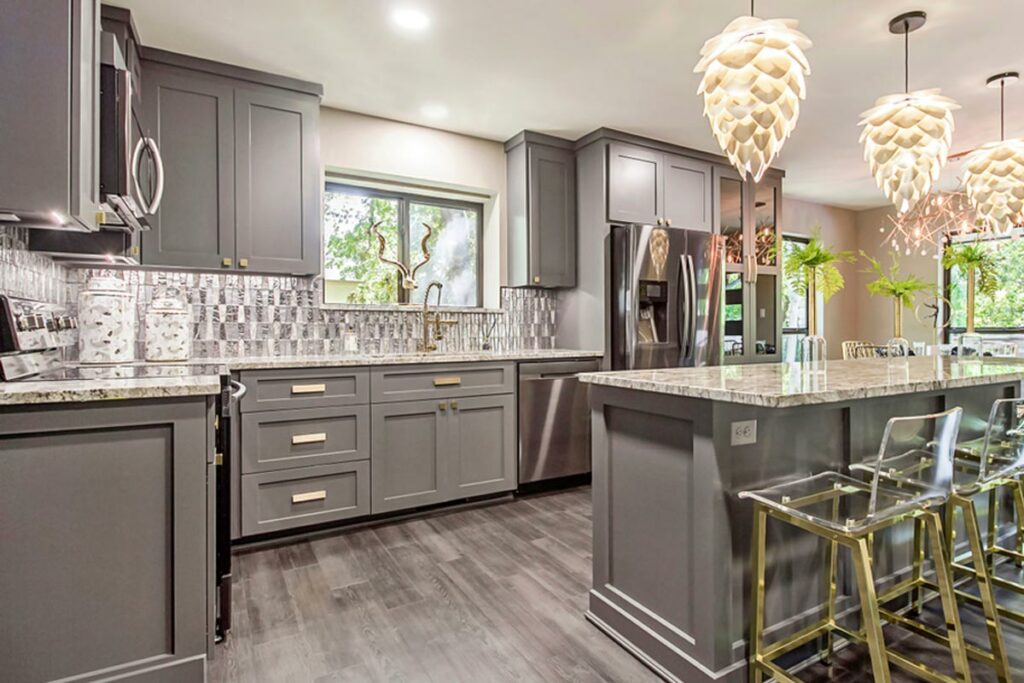
1. Preliminary Work
The condition of your house will determine if the exterior needs repair. Don’t fret because you don’t need a professional to understand the situation if you are pondering about doing it yourself. Just check the surface of the exterior. As much as the previously done paint is falling, more prep work will be needed.
2. Reachability Of Area
Painting a single-story house is more straightforward than two or three stories. Covering more areas which not easily accessible is difficult for a painter. For this reason, they need more equipment, like a ladder or scaffolding, to go up higher. They will need this equipment and extra paint to cover the additional area. You will also have to pay more for labor.
3. Selection Of Pain Quality
A one-story house usually takes only two coats of paint, indicating only two or three gallons of paint will be needed, and you might even save some from it. Yet, the paint’s quality would affect the exterior’s beauty. Choose a premium paint that can survive the condition and climate of your location, and that will be cost-effective in the long run.
4. Right Paint Type Selection
The choice of paint also influences the cost and must be chosen according to your house’s exterior surface. You should not consider the low cost of paint; instead, the correct cost should be your choice. Here are three major types of paints recommended for the exterior: Latex, Oil-based, and Acrylic.
Below are their explanations and which surfaces they suit.
- Latex: Latex paint is the least expensive in the market. The paint is water-based, which makes it easy to spread on the wall and dry quickly. The paint is available for not only the exterior but also the interior. It is famous for its viscosity. It contracts quickly in cold temperatures and expands on the warm surface, making it long-lasting.
- Oil: Oil-based paint expands less as compared to the other two types. Moreover, it also emits hazardous fumes while it is wet. Since it expands less, you will need more paint to cover an area than other paints. Oil-based’s unsafe stinks make them only suitable for exteriors. If you are DIYing your house, wear a mask to stay safe. It can be used on hard and soft surfaces, meaning you can paint porch doors and trims.
- Acrylic: Another paint type that is very viscose, Acrylic paint is also water-based, which is why it is excellent for exterior walls. This type is considered best because it can survive rain and is pretty sticky and flexible. It is mostly used for painting wooden or aluminum siding surfaces. It is also helpful for coating drywall, plaster, or stucco.
5. Labor Cost
The labor cost is critical when you are considering getting your home exterior painted soon. Labor costs can vary between $1 to $3 per square foot. You can save up to 25% if you have time to research since many contractors give discounts on off seasons. If you want to fill your house with beautiful colors, consider doing research before hiring labor.
6. Stories of House
If you own a single-story house, you have already saved about 40% of the overall cost since a double story costs about 30% more than a single story, while a double story costs 50% more. However, contact plenty of companies because some of them are new and offer their services at a lower price.
Difficulties Faced While Painting a House Exterior and DIY Considerations
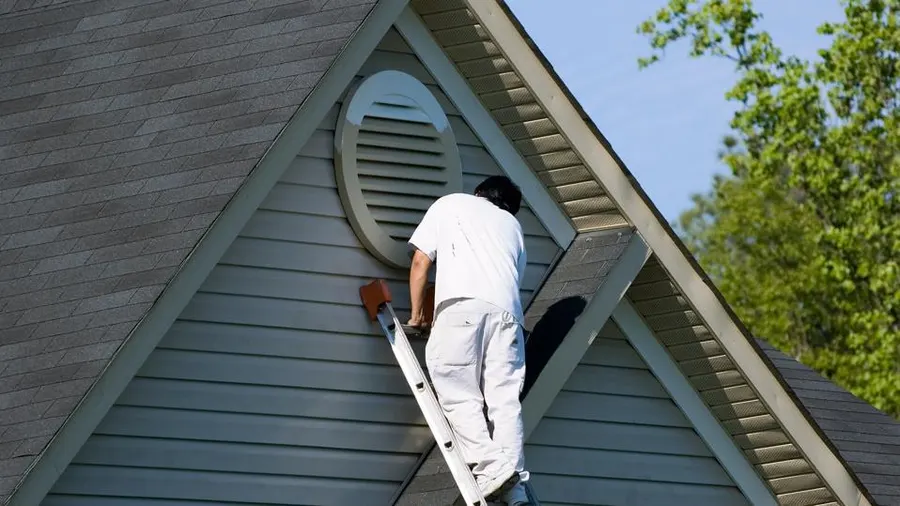
As mentioned earlier, more stories mean more cost; however, there are more aspects, such as difficulties and detailed work. As we see, the painters put their lives in danger while they work at a higher place. In addition, places that need more details can cost extra if you DIY. For example, professionals know how to paint the nooks and use mask tape efficiently.
1. Extra Paint for Trims
Consult with the company or contractor if they cover the cost of painting seams and joints around the doors and windows. They can cost you more. These exterior trims are not easy to paint since a single mistake can decrease the look of your exterior, and you may need an extra coat to cover the marks.
2. DIY Project
One may think doing the paint job alone is an excellent choice, but it could further increase the expanse. For example, Professionals have high-level skills and know how to deliver the perfect finish, while unskilled individuals may need help to get perfection and end up using extra paint. Materials and tools will also cost you more.
3. DIY vs. Professional
Painting is a challenging job for individuals who rarely exercise. Also, artistic skills are required to get the most out of paint gallons (get flawless results, especially in trims). A pro painter can change the game with exceptional talent and experience. DIY if you have the confidence to keep the beauty of your house maintained or prefer hiring a pro.
4. Positives and Negatives of DIY and Professionals
DIY projects are considerable if you are a seasoned artist or have a bit of an artistic flair. Save labor costs and cut the overall expenditure by 50% or more. However, you’ll still have to pay for equipment.
Nevertheless, if you lack the passion for painting, and do not have enough time to invest, then you can consider a professional painter who will incur the cost but will give you flawless results.
Additional Cost Influencing Factors
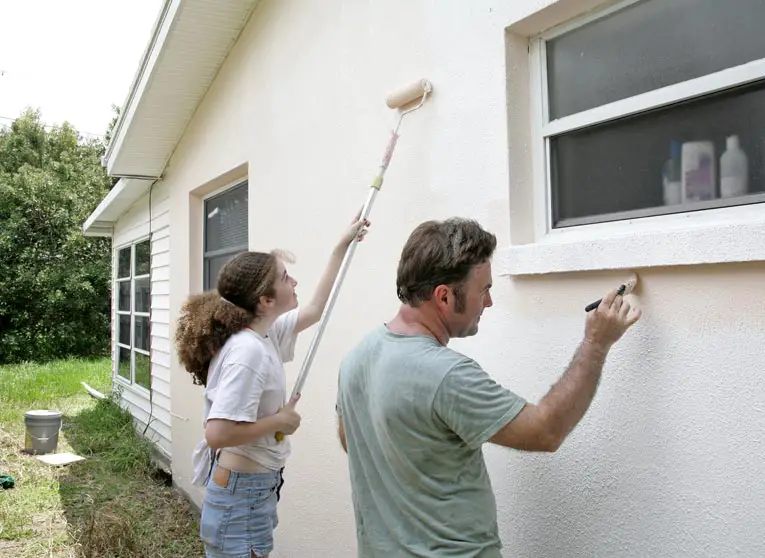
The exterior of our house has to go through all the natural influences. Rain to consistent heat in summer. All these factors consistently deteriorate the paint’s life. Yet, if the paint is of premium quality, it will stay consistent for more years, but it will start to peel. If you are getting the paint job done after years, here are some considerations:
1. Repairs
You must consider repairs if the paint is peeling or shedding. Consult the professional to inspect exterior elements such as trims and lead paint removal. Contemplate finding and marking areas that need restoration. If you do not recaulk or replace deteriorated parts, you are compromising your home’s curb appeal and paint’s life.
2. Changes
Alteration or addition to the existing wall will add extra cost, but it is necessary to consider these aspects since you need to stay modern. A timeless white color is apt, but you may keep changing the doors and windows colors every five to ten years.
Is Saving the Cost of Painting a Home Exterior Possible?
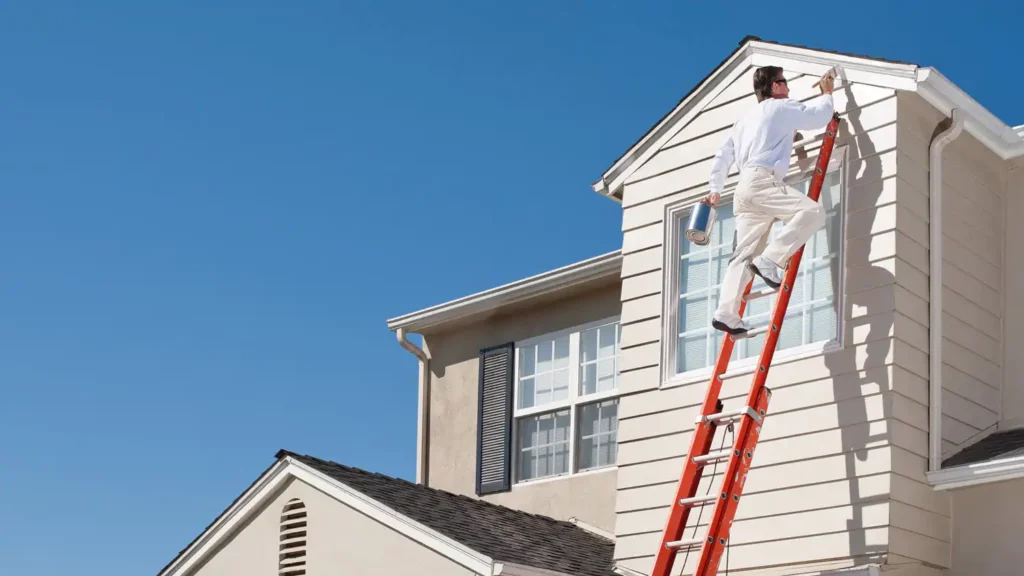
Saving is pretty much possible. You can save a lot other than just choosing DIY. First, you should do the minor repairs on your own.
Then you may invest your time cleaning the surrounding area (removing branches and trimming trees, removing hanging containers from the wall). Below are more suggestions.
1. Get Multiple Quotes
Get quotes from numerous firms that offer painting services, then shortlist the most affordable prices and make a final decision. To save even more, try preparing the wall surface, and sand the paint, door knobs, and windows to save some.
2. Choose a Good Time
Choose the best season for painting your home exterior. You can save a considerable amount if you contact the companies during the off-season. Even if you will do it yourself, consider purchasing the equipment in the off-season since you will get discounts on paint brushes and other materials.
3. Do the Prep Work On Your Own
As mentioned earlier, clean the area yourself. You must also be proactive and keep a check on the exterior. Ensure that the paint receives the necessary touch-ups on time so that its life does not decrease. You may also choose lighter colors that will not fade even in extreme heat.
Sidings, Color, and Area Cost Considerations
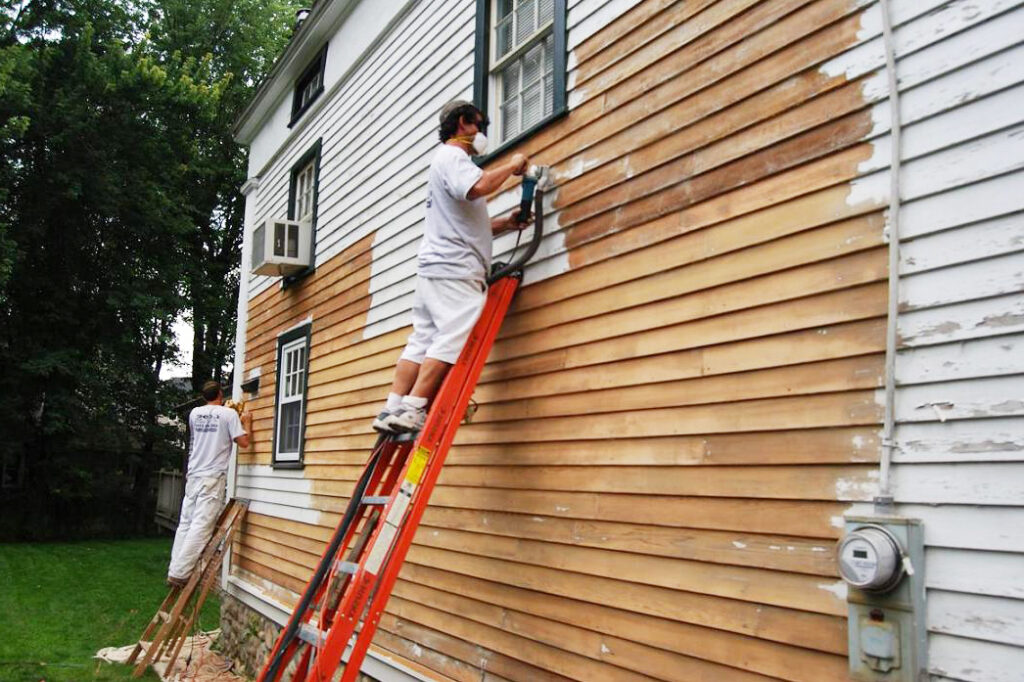
Will these be the final factors that play a role in deciding how much it will cost to paint the exterior of a house? Yes. Siding material is often neglected during a DIY project. The cost of painting each siding also varies accordingly.
1. Concrete Siding
Painting a concrete siding costs around $1 to $3 per square foot. It is porous, meaning that it makes the drying process of paint easy. The average cost of painting sidings made of such materials varies from $1630 to $7200. The cost goes higher when the use of sealant, primer, or more than average coats are needed.
2. Metal Siding
If you have metal sidings such as aluminum, it will cost around $1 to $3.5 per square foot. Chalky powder residue starts to build with time, so remove it before starting paintwork. Painting metal beautifies the overall look of your house.
3. Paint Color
Do prefer investing in lighter color paints because they are cheaper than dark shades and keep the temperature a bit low in heat. In contrast, darker colors will keep fading and increasing the cost in the long run.
Conclusion
In conclusion, we tried to answer how much it will cost to paint the exterior of a house, along with some suggestions on how to save the cost.
First, we presented the average cost per square foot and immediately moved to significant factors influencing the cost. The size and area of the house is the crucial factor in deciding the overall cost.
Later we discussed the complications and DIY considerations. As you have read, there are some benefits and limitations of painting yourself. Consequently, in some situations, professional companies may be an apt choice.
Additional costs with saving possibilities are also explained after that. Finally, we emphasized considering the siding surface and color selection, which should be addressed before starting a project.

